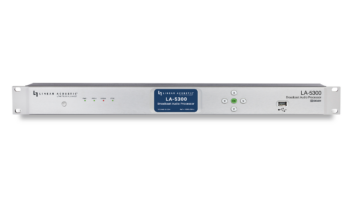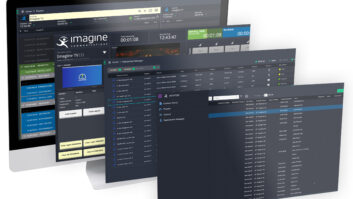Linear Acoustic has released the next phase of its award-winning StreamStacker-HD system. “We are excited by this significant release because in addition to passing Dolby-compatible metadata, the system is now capable of generating and re-generating metadata in both encoders and decoders,” said company president and founder, Tim Carroll.
“Our customers will benefit from the increased flexibility of having control over metadata at every step in the audio chain, allowing simple updates or fixes with no need for re-encoding,” Carroll continued.
Phase Two also enhances the performance of the DTS Coherent Acoustics encoder upon which the system is built. “We are encouraged by the release of StreamStacker-HD because this gives content professionals a wider range of capabilities built on DTS Coherent Acoustics,” said Ted Laverty, director of broadcast business development with DTS. “StreamStacker-HD has advanced future-proof metadata handling features that will ultimately improve the end-user experience and meet the growing consumer demand for high quality multi-channel audio.”
In addition, the new release offers improved jitter performance, increased error resilience, and activates a GPI-controlled soft-bypass mode to allow the system to be installed in series with other coding systems to support legacy content.
A software development kit (SDK) is also available for OEM customers wishing to incorporate a software version of the e-squared decoder into their products. Real-time and faster than realtime decoding can be realised with low CPU and memory requirements.






